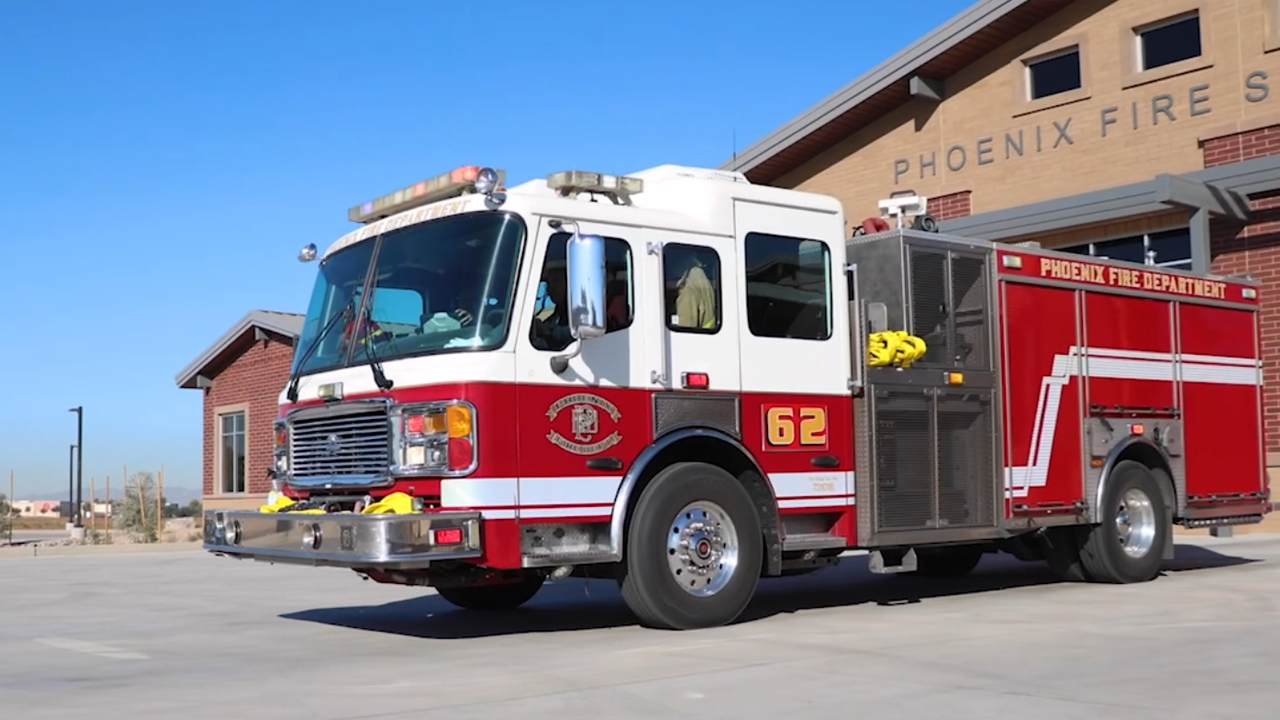As an innovative and data-driven leader in the International Fire Service, the Phoenix Fire Department will continue to evolve with the modern world. We remain committed to delivering customer service excellence to our communities through pride and professionalism. We will honor our diversity and inclusion while striving to improve the well-being of our Fire Department family, respecting our past while planning for the future.

Overview
The Phoenix Fire Department is committed to providing the highest level of customer service and resources to our community and members. We save lives and protect property through fire suppression, emergency medical and transportation services, all-hazards incident management, and community risk reduction efforts.


Contact the Fire Department
Administration Offices
150 S. 12th St.
Phoenix, AZ 85034
Phone: 602-262-6297
8 a.m. – 5 p.m.
Fire Prevention: 8 a.m. – 4 p.m.
Emergencies: 9-1-1


